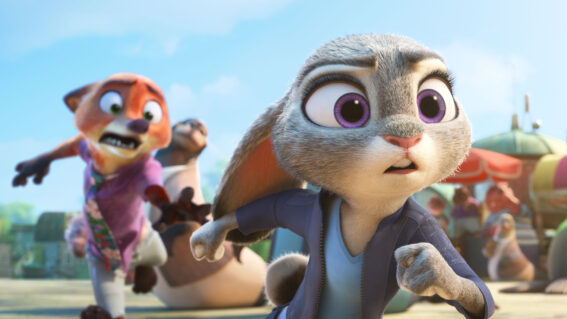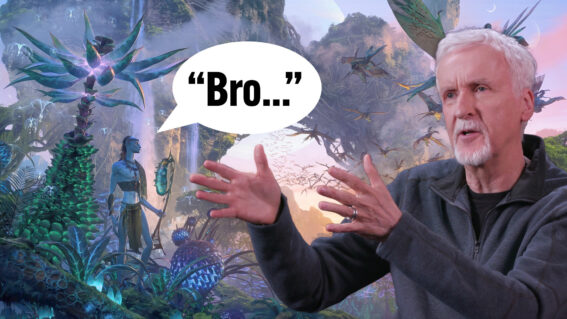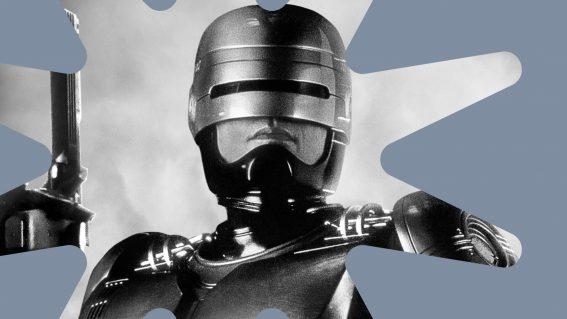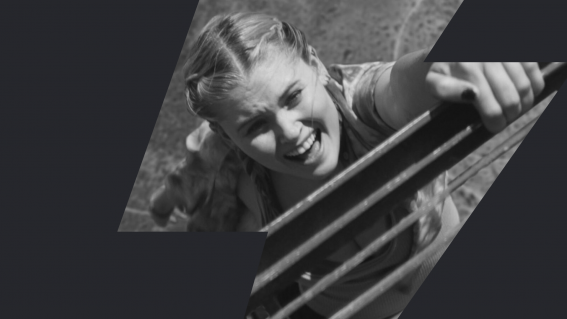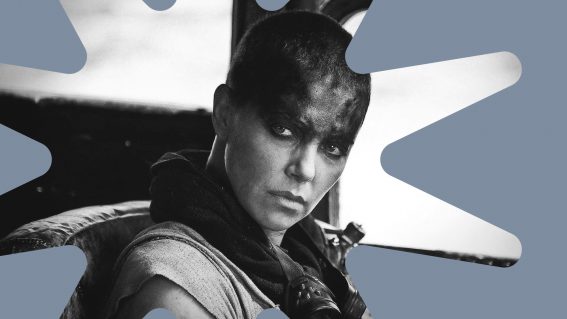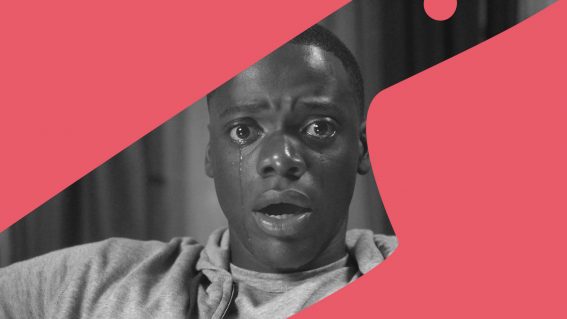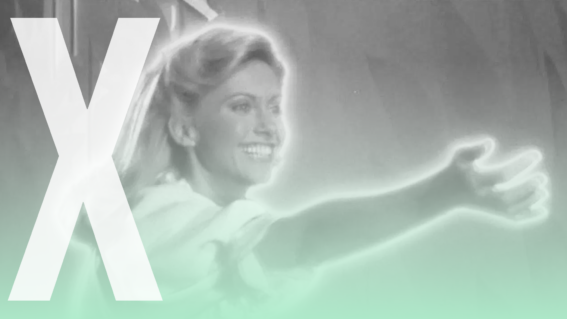Retrospective: Home Alone 2: Lost in New York is a perfect sequel
A robust critical analysis that no-one asked for.
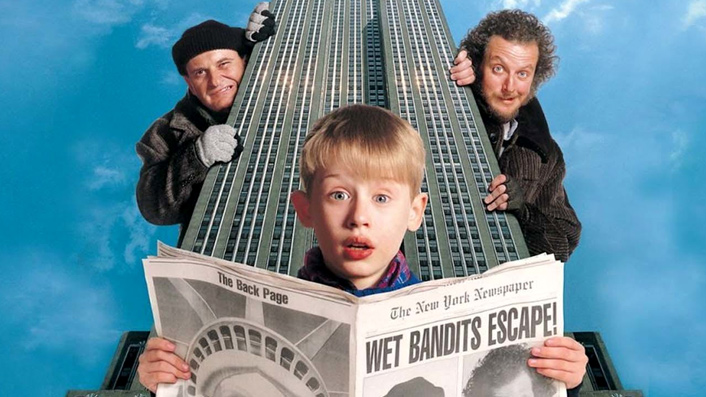
The Christmas season is in full swing. With Home Alone 1 and 2 currently streaming on Disney+, Flicks writer Liam Maguren delivers a robust critical analysis that no-one asked for—reasons why Home Alone 2: Lost in New York is a perfect sequel.
Before he smoked pot and made bad art, Macaulay Culkin was an adored child star of the ’90s thanks to Home Alone. Written by YA storytelling legend John Hughes and directed by Chris Columbus, the home invasion thriller/family Christmas comedy became the highest-grossing movie at the 1990 US Box Office, skyrocketing the youngster’s career to an astronomical and perhaps irresponsible degree (he starred in 15 films in just seven years).
As Kevin, Culkin’s appeal was apparent. His expressive eyes and cheeky grin instantly connected with audiences and he could pull off a scream so comedic, the marketing team slapped it on the trailer and the poster. But what did little Culkin have that most child actors lacked? Charisma.
Culkin was aided by the incredible talents of Catherine O’Hara as Kevin’s dedicated/freaked-out mother as well as Joe Pesci and Daniel Stern as the outwitted crooks. Centred around a creatively booby-trapped house of pain, the modestly-budgeted Home Alone proved memorable for its stars and the rib-punching climax—a superb combo of slapstick choreography, comedic timing, patient editing, sound design, and a typically superb John Williams score.
Everything else was forgettable: the suburban setting, the shoehorned Christmas morals, the nice-guy neighbour rumoured to be a murderer, the dull church scene that grinds everything to a halt, even the great John Candy feels wasted in this. Most egregious of all, the climax ends too soon with an abrupt and contrived last-minute rescue from the aforementioned neighbour (not a murderer).
Home Alone comes across as an entertaining third draft of a much-better family movie waiting to be made. Fortunately, with its box office success, Hughes and Colombus were able to release that superior feature two years later with Home Alone 2: Lost in New York.
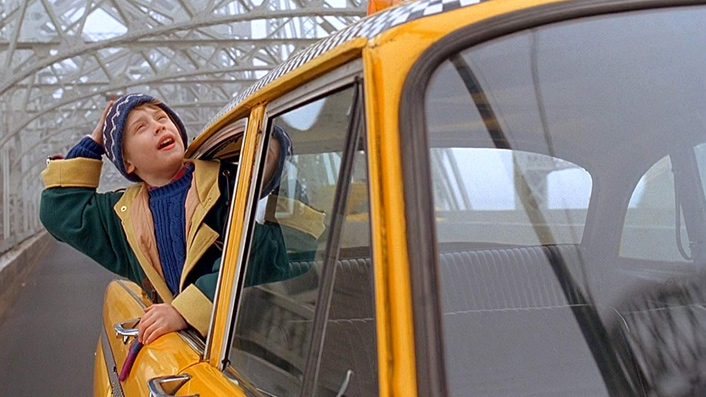
Everything in this sequel grew, starting with the budget. With a reported USD$10 million extra to throw around, they took their camera to The Big Apple’s many locations: the twin towers, Central Park, the world’s best toy store, and a Donald Trump-approved five-star hotel. With his Dad’s credit card in hand, Kevin was free to explore the city in any way he pleased.
That setup may not seem like much to an adult cinephile, but to the kid sitting next to them, it was a hell of a lot more interesting than a film set in “the most boring street in the whole United States.” In classic John Hughes fashion, Lost in New York revelled in a young person’s wish-fulfilment—from having a room service butler serve ice-cream to watching cartoons in a limo with a champagne glass of cola on hand.
Rob Schneider, Dana Ivey and Tim Curry gave these scenes so much humour and life as the class-unconscious concierge. The masterful Curry, in particular, could slice a rockmelon with his smirk. When his character discovers Kevin’s ruse, there’s a cross-fade from Chuck Jones’s Grinch to Curry’s face that is—quite honestly—peak cinema.
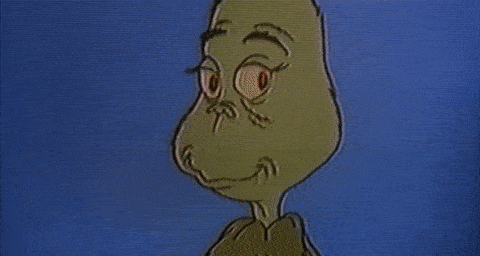
Kevin’s gross use of his father’s credit card could be seen as innocent naivety but the film wasn’t afraid to show a kid as a flawed human being (“I’ve committed credit card fraud,” Kevin precociously admitted). It was a necessary ‘bad deed’ that provoked Kevin into doing ‘good deeds’ which lead to…
1) promoting the value of gifting to charities during the holiday season
2) a far better Christmas moral about selflessness
3) an even more hilarious house of booby-trapped misery
Sure, they did some storytelling gymnastics to work in the same climactic scenario, but using a mid-renovated apartment gave Columbus a bigger canvas to film his twisted traps. Not only did it expand the concept to a viciously satisfying degree, it also used events from the first film as comedic misdirects.
Consider the staircase sequence. “You remember what happened last year?” Harry whispers to Marv, referring to the filled buckets that smashed them in the face. Learning from the past, Harry avoids the first bucket. Marv dodges the second. Thinking they’re in the clear, they climb the stairs—only to get a chin-full of the third projectile, a giant metal pipe.
Having completed the rule of three, the gag appears to be done, only for Kevin to cut the rope to the pipe and have it bumble down for a fourth strike. Harry lets out a wimpy “…no…” just before the camera cuts away from the impact—your imagination fills in the overwhelming pain.
This is perfect slapstick comedy.
While the sequel took the original’s most memorable moment and upped the ante, the true success of this sequel comes from doing what the original failed to do: find a heart. They found it with the lonely pigeon lady, given such wonderful warmth and wisdom by Oscar-winner Brenda Fricker (My Left Foot).
Initially proclaiming “sick” when he first sees this older woman, Kevin reevaluates his snap judgement when she aids him in the middle of the night. And you know bloody what? It was damn refreshing to see a kid in a film directly and politely apologise for his misdeeds.
Yes, Lost in New York does have the equivalent of ‘the church speech’, but the concert hall’s attic made for a cooler and more intimate setting. The exchange proves more worthwhile as well, with both of them dropping a nugget of truth.
“Everyone fights for position,” she proclaims, explaining how she’s invisible in a crowded city. “Everyone wants to be seen, and heard.”
Before Kevin leaves, he cutely reassures: “I won’t forget to remember you.”
She sternly replies: “Don’t make promises you can’t keep.”
Had that been the last we saw of her, it would’ve still been more memorable than the original’s flunked attempt at a similar friendship. Lost in New York goes one further, though, by having the pigeon lady command her winged minions to swarm the bandits—and it looked way more cinematic than a snow shovel to the face, despite it being just as silly.
It leads to a touching ending, too. Instead of opening his presents, Kevin decides it’s more important to see the pigeon lady one last time, and while the lesson about cherishing friendships may be a simple one, it’s done here with endearing earnestness. With the exchanging of turtle dove totems, there was no need for another Culkin Home Alone—with the dove in hand and a promise in heart, Kevin would never be alone.
The Home Alone series couldn’t top Lost in New York (the following three films proved this beyond a doubt) and it proudly joins the ranks of Sam Raimi’s Evil Dead 2 as ‘sequels that are essentially superior remakes of the first film’.






